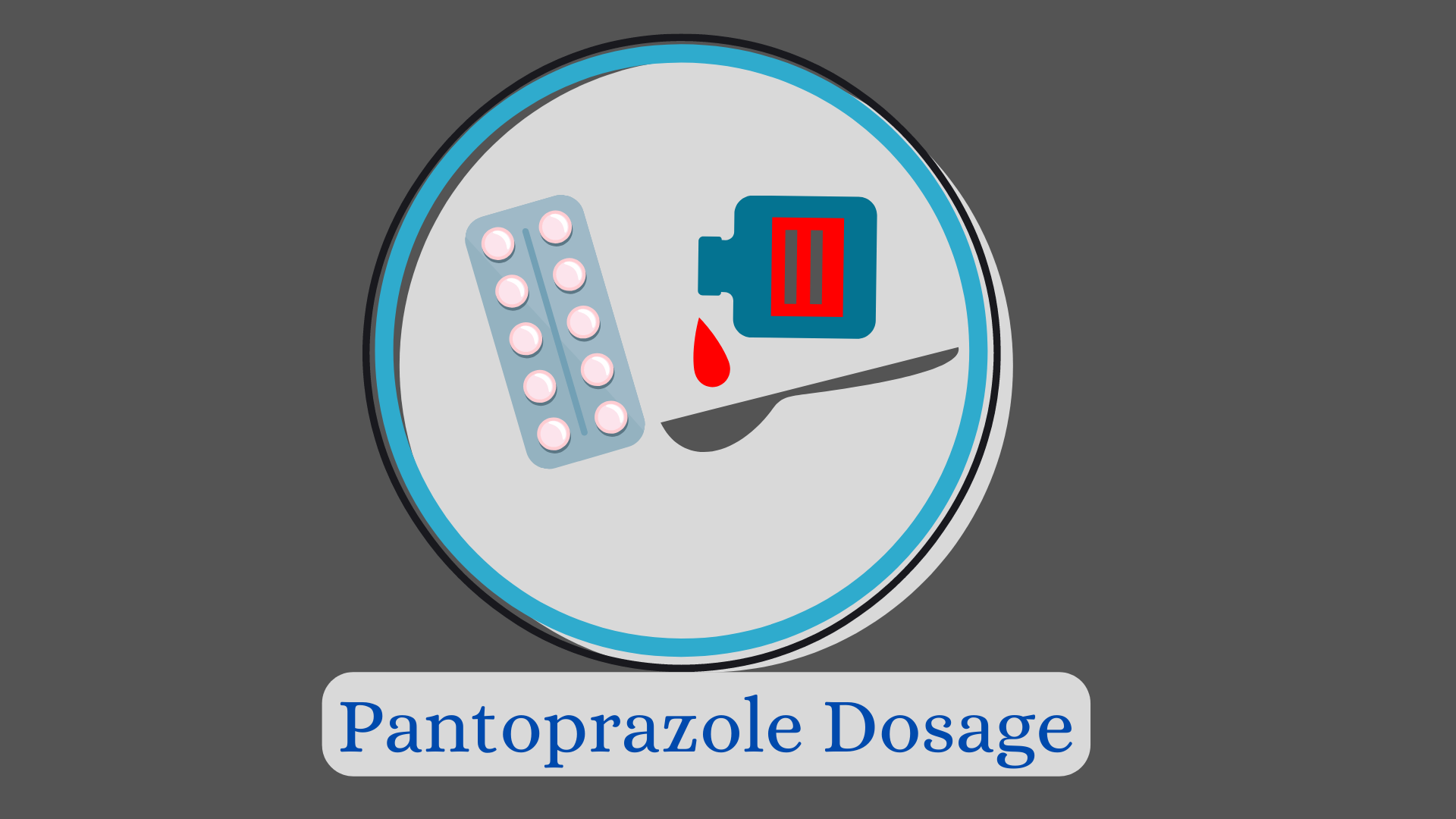Pantoprazole (Protonix) belongs to a group of medicine known as proton pump inhibitors, it acts by reducing the amount of acid that the stomach produces; hence it is used for diseases that are caused (or worsened) by the stomach acid such as peptic ulcer, duodenal ulcers and GERD.
It’s commonly used to treat stomach and intestinal ulcers, acid reflux, heartburn, and Zollinger Ellison syndrome.
Protonix is the brand name for Pantoprazole, and it is available as tablets, oral suspension, powder for reconstitution and injection.
| Generic name | Pantoprazole |
| Brand name | Protonix |
| Drug class | Proton pump inhibitors |
| Drug group | Antiulcer |
| Black Box Warnings | None |
Pantoprazole sodium is used in the treatment or management of:
- Gastroesophageal reflux disease (GERD)
- Erosive esophagitis with associated GERD
- Decreased relapse rate of heartburn symptoms in GERD
- Hypersecretory conditions (e.g., Zollinger-Ellison syndrome)
- Gastric ulcer
- Duodenal ulcer
- NSAIDs associated peptic ulcer
- Helicobacter pylori infection (Pantoprazole is used in combination with other drugs)
Off-Label use of Pantoprazole
Pantoprazole can also be used in the prevention of re-bleeding in patients with active ulcer bleeding.
Delayed-release Oral Suspension (Protonix): 40 mg/vial
Injection, Powder for Reconstitution (Protonix): 40 mg
Tablets
Delayed-Release tablet (Protonix): 20 mg, 40 mg.
Enteric-coated tablet (Pantoprazole Sodium): 20 mg, 40 mg.
Enteric-coated tablet (Protonix): 20 mg, 40 mg.
Pantoprazole dosage in detail
Oral pantoprazole tablets can be taken without considering meals (preferably before breakfast). Don’t crush, break, divide or dissolve the tablets which are intended to be taken as a whole.
Oral suspensions should be given with apple juice or applesauce, 30 minutes before the meal. Don’t chew or crush granules for delayed-release oral suspension.
Reconstitute a 40-mg vial with 10 ml of normal saline solution, it can be further diluted with 100 mL of the diluent.
Other diluents that are compatible for infusion include normal saline solution, D5W, or lactated Ringer’s solution for injection.
Rate of Administration of I.V pantoprazole
Infuse 10 mL solution over 2 min.
Infuse diluted 100 mL solution over 15 min, at a rate of 7 ml/minute.
Storage
Undiluted vials can be stored at room temperature; but once it is diluted, it will remain stable only for 96 hours.
Before taking Protonix, tell your doctor if you are allergic to it or any other kind of proton pump inhibitors.
Pantoprazole may increase the risk of bone fractures and GI infection, so it should be used with caution.
Pregnancy and breastfeeding
Pantoprazole is not recommended to be used during pregnancy and breastfeeding because the drug’s safety and efficacy have not been established.
Usually, Pantoprazole will not cause any side effects; however, if you experience any adverse effects, they will often be mild and will diminish once you stop taking the drug.
Rare Protonix side effects:
- Angioedema
- Hyperlipidemia
- Headache
- Diarrhea
- Dizziness
- Rash
Read Pantoprazole’s side effects in detail.
Several drugs and substances can interact with Pantoprazole resulting in undesired effects, these interactions may affect the effectiveness of the drug.
Interactions with drugs
Pantoprazole can form drug-drug interactions with the following drugs:
| Drug entity | Nature of interaction |
| Warfarin |
Pantoprazole increases the effect of warfarin. |
| Atazanavir, captopril, clopidogrel, dasatinib, nelfinavir | Pantoprazole reduces the effectiveness of these drugs. |
Interactions with Herbal medicines:
Ginger and goldenseal can decrease the effect of Pantoprazole.
1. Kizior, R.J. and Hodgson, B.B. (2018). Saunders nursing drug handbook 2019. Philadelphia: Saunders.
2. Lacy, C. (2006). Lexi-Comp’s Drug information handbook international. Hudson, Ohio: Lexi-Comp.
3. Joint formulary committee, BNF 80 (The British National Formulary), 80th Revised edition, Pharmaceutical Press, London, United Kingdom, [2020]
4. Williams and Wolters Kluwer Health (2012). Nursing 2012 drug handbook. Philadelphia, Pa.: Wolters Kluwer Health/Lippincott Williams & Wilkins.
Proton Pump Inhibitors (PPIs) are used in the treatment of heartburn, gastric ulcers and various acid related disorders, Examples of PPIs include: Omeprazole, Lansoprazole and…

Dosage guide of pantoprazole, this is how you should take pantoprazole:

The urethra is a muscular canal that extends from the neck of the bladder to the exterior of body. Read more about the anatomy of urethra in this article.

Chronic kidney disease (CKD) is a disease in which irreversible damage to the kidneys leads to a reduction in kidney function. CKD has 5 stages and many complications.

Learn about medical uses, safety profile, mechanisms and interactions of statins.

Comprehensive guide on Ozempic (semaglutide), including its uses, dosage, side effects, warnings, and interactions.
.png)